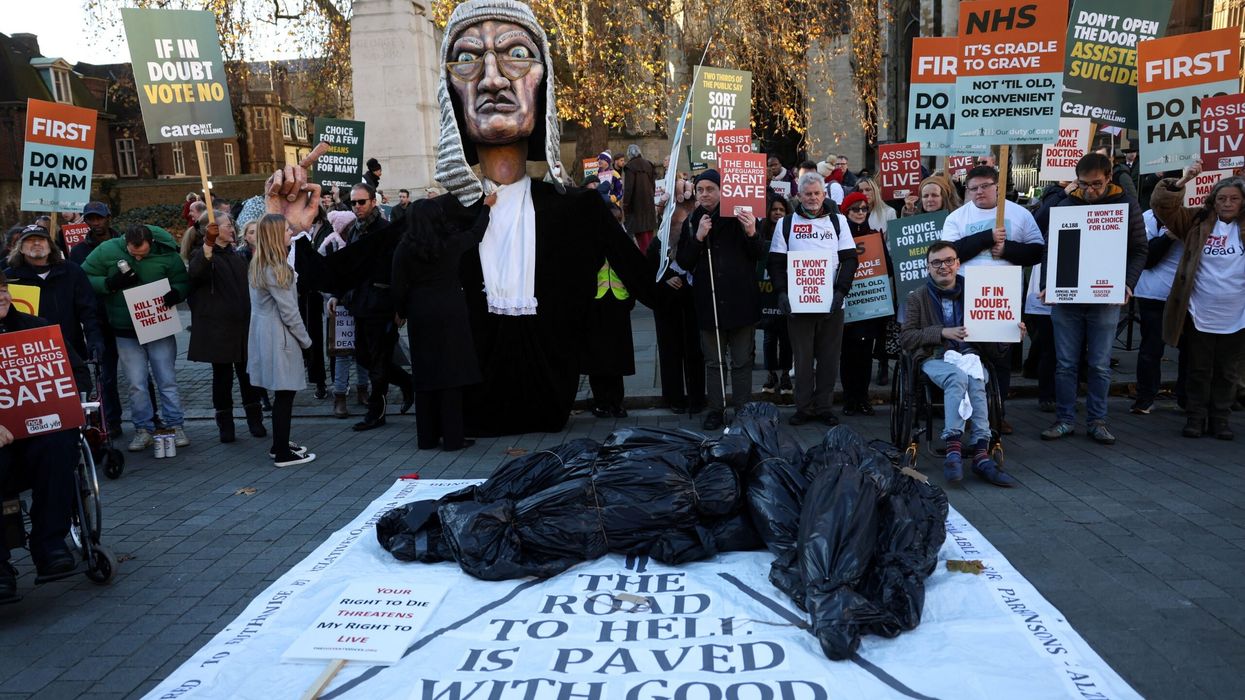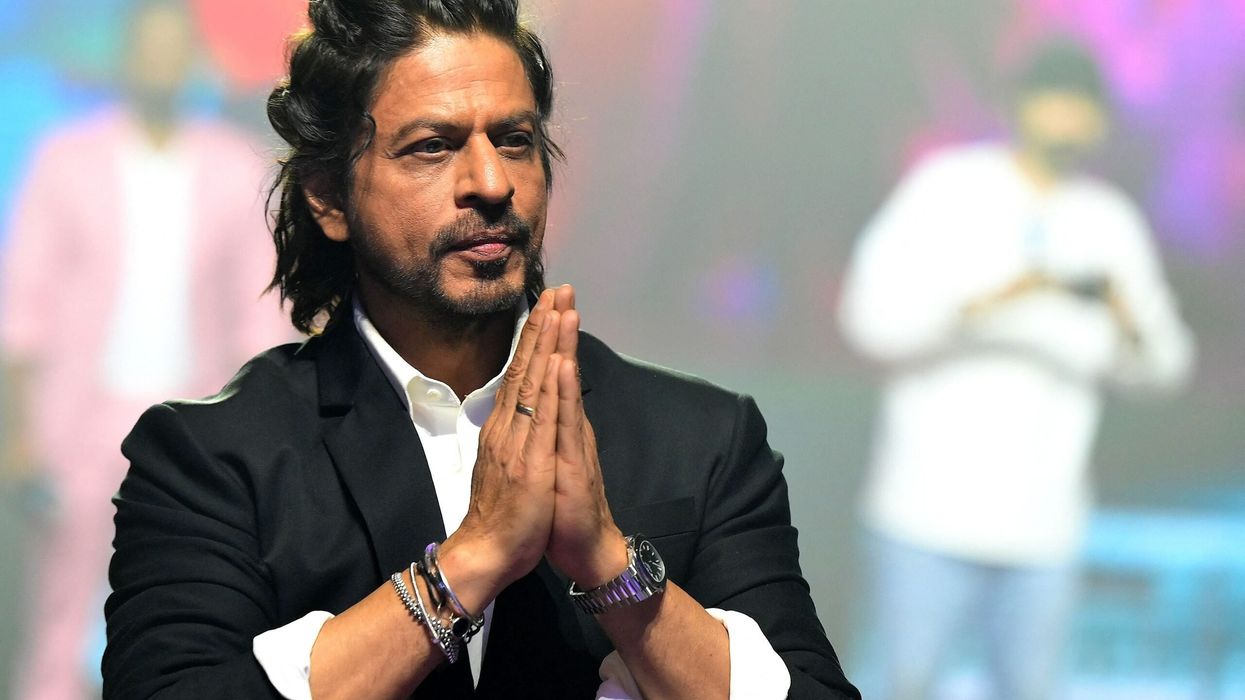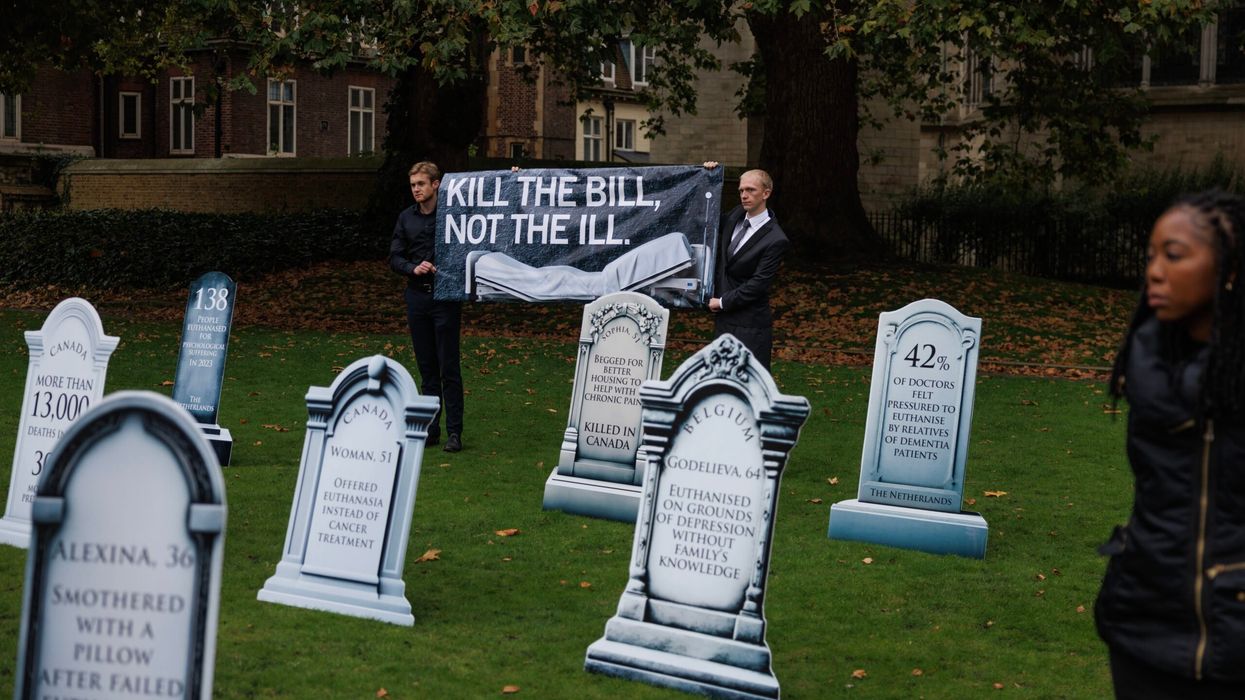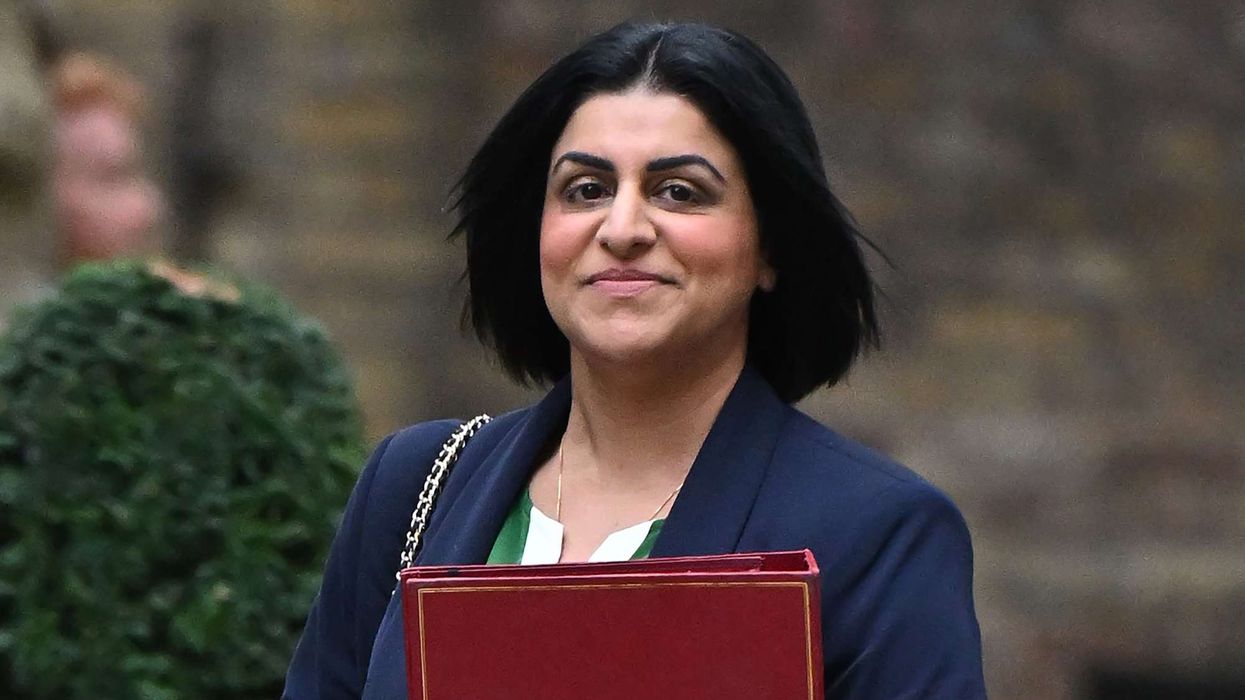By Jasvir Singh OBE and Dr Binita Kane, co-founders of South Asian Heritage Month
THIS year sees the very first South Asian Heritage Month being marked in Britain.
All the south Asian countries - Afghanistan, Bangladesh, Bhutan, India, Maldives, Nepal, Pakistan and Sri Lanka – have been hugely impacted by their relationship with Britain, primarily through war, colonisation, and ultimately via the British empire.
People of south Asian heritage are a significant part of the British population, accounting for about one in every 20 people in the country.
The dates are significant for a number of different reasons:
- July 18 is the date that the Independence of India Act 1947 gained royal assent
- August 14 is Pakistani Independence Day
- August 15 is Indian Independence Day
- August 17 is the date that the Radcliffe Line was published in 1947, which finally set out where the border between India, West Pakistan and East Pakistan (now Bangladesh) would be
The dates also coincide to a large extent with the south Asian month of Saravan/Sawan, which is the main monsoon month when the region's habitat undergoes renewal.
Holding the heritage month in July and August seemed entirely apt, as it respects the traditions of the south Asian calendars.
South Asian heritage month is about reclaiming the history and identity of British South Asians. People need to be able to tell their own stories, and this is our opportunity to show what it means to be south Asian in the 21st century, as well as look to the past to see how we got here.
South Asian influences can be found everywhere in Britain, from our food and clothes to our music and even our words. And the streets of our towns and cities are rich with the colours, sights and sounds of proud south Asian identity. Its culture permeates all parts of British life and adds to the diversity of the nation.
South Asian Heritage Month aims to transform how people connect with South Asian culture and identity in three simple ways - through the celebration of arts, culture and heritage; through the commemoration of history and anniversaries, and ultimately through education.
Events during the month range from photography exhibitions to history lectures, from cookery lessons to quizzes, and from film screenings to music playlists. All the events in 2020 are taking place online, which means you can take part in the month-long festivities and commemorations from the comfort of your own home.
Please get involved with the month, use the hashtag #SouthAsianHeritageMonth on social media.
For more details, click here













